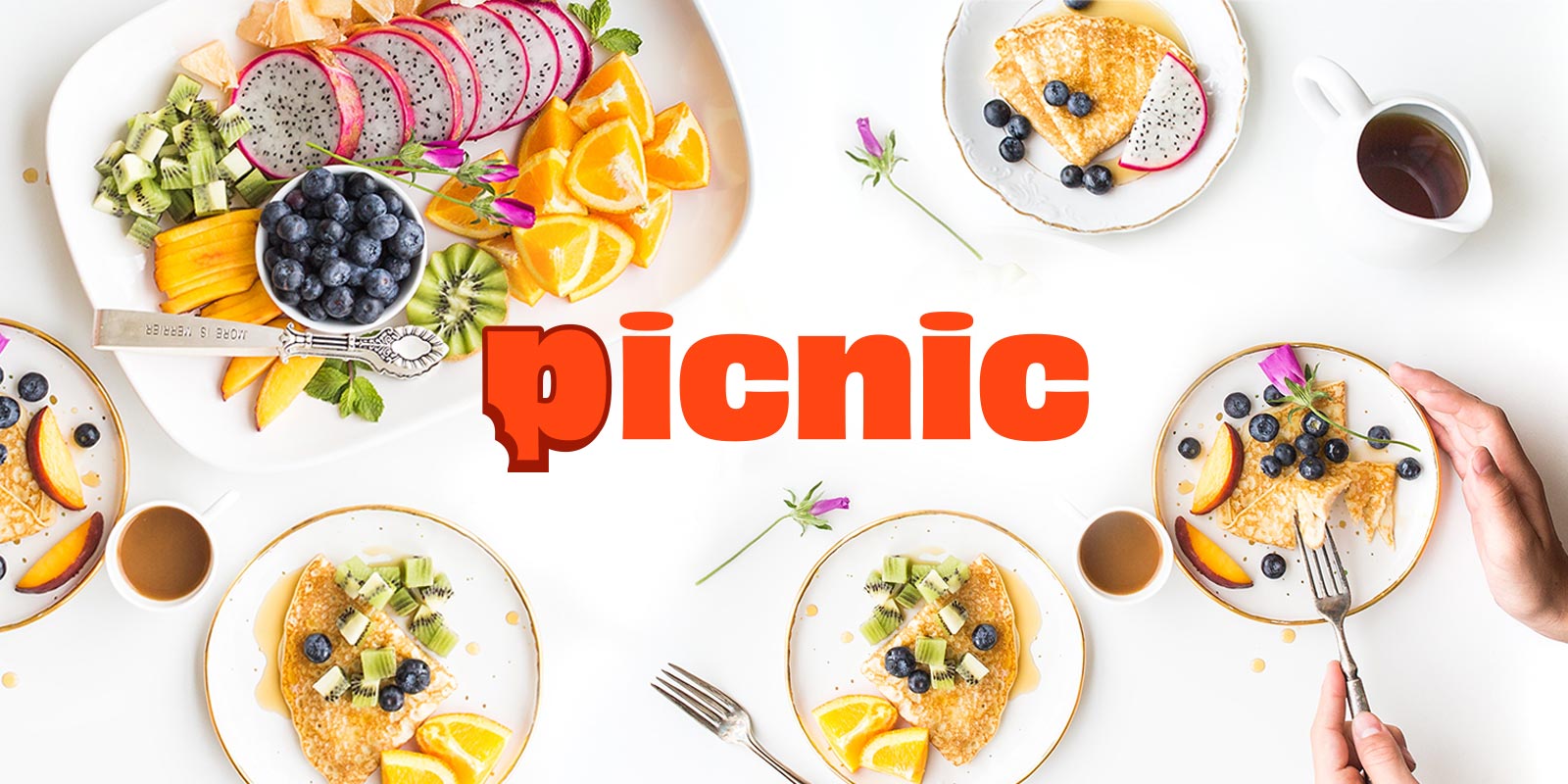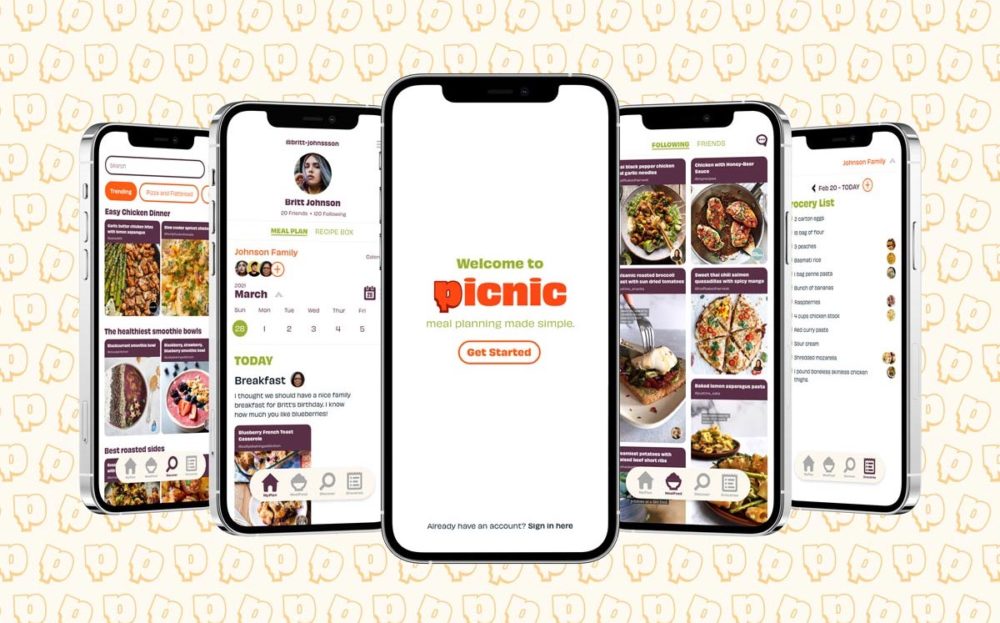
Engage with the Application: Picnic XD Prototype
The Problem
COVID-19 has led to an increase in online grocery orderingーmaking meal planning more of a necessity. In households where multiple individuals share the meal planning task there isn’t a smooth way to collaborate during the process.
How can individuals in the United States who meal plan together be more efficient by participating in a collaborative routine?
Success Statement
Picnic is a social application that will provide individuals with a collaborative space dedicated to meal planning. The app will help push towards creating a routine that motivates individuals to make an organized plan with those in their household which will lead to a more efficient meal planning process.
Target Audience
My target audience is focused on habit traits. I chose to target individuals who are over the age of 18, live with others, adaptable to change, motivated by routine, and have an interest in cooking.
Research
For the purposes of my research, meal planning is defined as planning out what meals will be made throughout the course of a period of time for yourself or individuals in your household.
Both my secondary and primary research focused on COVID 19’s impact on habit change in regards to meal planning. Among blogs and newspaper articles, I learned that 55% of shoppers eat at home more because of the pandemic. This statistic is from September when most lockdown orders had already been lifted; it shows how a majority of shoppers have continued to mainly make meals at home or order takeout.
Through my survey findings, 88% of people said they would continue with their new meal planning habits post-COVID. This shows that the majority are adaptable to change and that the new habits formed due to COVID positively impacted them.
The 3 main takeaways I found from primary research were that due to COVID, individuals were:
- More purposeful with planning out what meals to make
- Recognized that eating from home was saving them money
- Noticed they had more time to be creative with new recipes.
I concluded my research by focusing in on 3 pain-points to guide my design solution:
- Recipe Discovery
- Difficulty collaborating
- Lack of Motivation
Design Process + Testing
I decided to create a design solution that would provide individuals with a collaborative space dedicated to meal planning. After my initial research, I looked towards methods that could help motivate users in creating an organized plan and consistent routine. I landed on the idea that an app would be the best solution in achieving this goal.
I landed on the name Picnic because going on a picnic requires preparation and a joint effort to pull off an easy care-free meal. With Picnic: the app, meal planning can be made simple in embracing collaboration throughout the meal planning process.
I tested out my solution two times, the first was among 3 individuals who tested out functionality of the app through wireframing. Once I made adjustments to the structure based on feedback and implemented the UI design, I had 2 new participants from my target audience test the app out through observational testing. From these sessions, I was able to conclude that the functionality of the app was intuitive and was successful in achieving its purpose.
While Picnic was successful in making meal planning easier and more efficient for the testers, a few suggestions did come up that would be a part of the next phase in ideation for the app. These include: onboarding tutorial, predictive groceries and grocery category organization.
Design Solution
Picnic is a social app designed to embrace collaboration in the meal planning process, while also assisting with recipe discovery. Through the use of this app’s shared calendar feature, users are able to plan out meals to create a collective and easily accessible plan among all collaborators. Users can choose to add recipes discovered in-app to their meal calendar for the days they are cooking, specify a dine-out meal by selecting from restaurants nearby, or indicate a past meal as leftovers. Communication can be fully integrated within the app through a collaborator commenting feature among added meals. Additionally, users are able to engage among the social feed to discover recipes from reliable food creators as well as be inspired by recipes friends are saving to their recipe box or adding to their meal plans. Recipes can be fully viewable in-app where users can add ingredients to a shared grocery list linked to their calendar. These specific features can help to introduce a routine that will motivate individuals to collaborate with those in their household as well as create a more productive space for recipe discovery.

